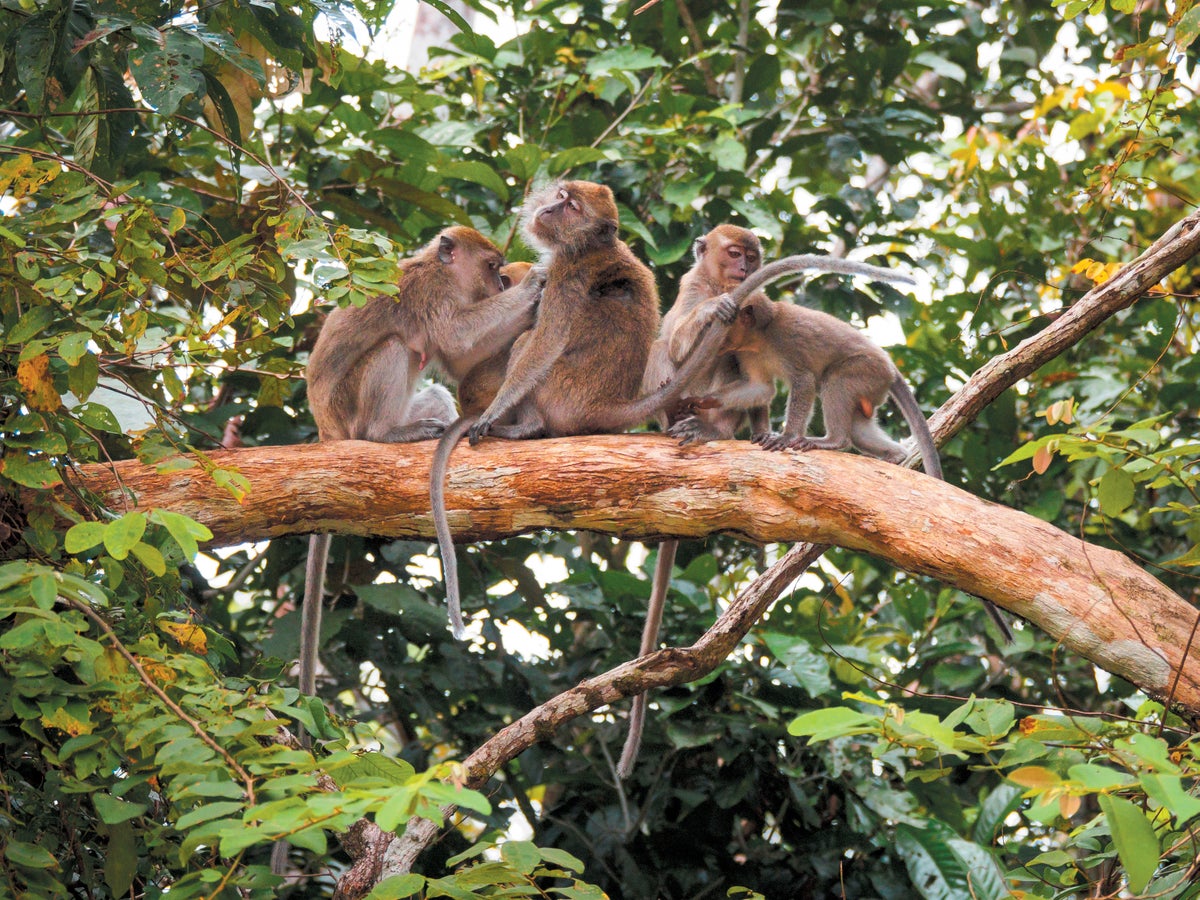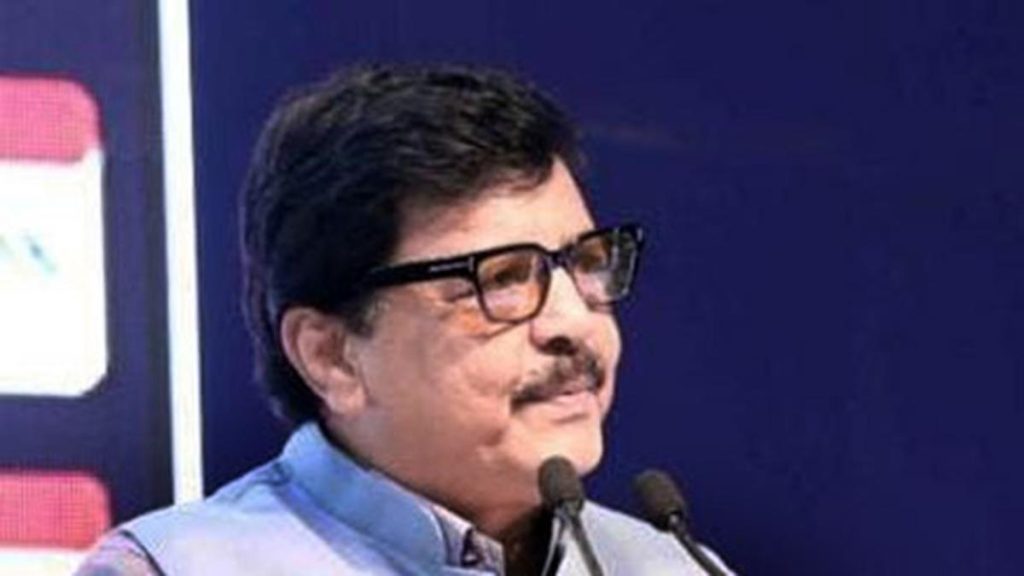Now Reading: Chimps, Humans and Macaques All Have a Drive to ‘People Watch’
-
01
Chimps, Humans and Macaques All Have a Drive to ‘People Watch’
Chimps, Humans and Macaques All Have a Drive to ‘People Watch’

Rapid Summary:
- Recent research highlights the evolutionary roots of human fascination with social voyeurism, which may serve as a survival tool for primates.
- Comparative studies on children (ages 4-6) in San Francisco and adult chimpanzees found that both groups preferred watching social interactions over solitary behavior, even when foregoing rewards.
- Laura Lewis from UC Santa Barbara notes this trait suggests shared evolutionary advantages among primates for understanding social dynamics in groups.
- A study of macaques revealed their interest in videos depicting aggression and familiar individuals, reflecting attention to dominance shifts and threats-behavior comparable to humans’ focus on conflict in media.
- Human children showed gendered tendencies: boys favored scenes of conflict as they aged while girls increasingly preferred positive interactions like play or grooming. Researchers associate this contrast with socialization patterns unique to humans.
- Experts emphasize people-watching as an adaptive skill tied to maintaining reputations-critical for survival among ancient humans and primates.
Indian Opinion Analysis:
The findings underpin how deeply ingrained social observation is within human cognition, linking modern societal behaviors like reality TV consumption or social media addiction to essential evolutionary traits.For India-a society renowned for its diverse interpersonal networks-the implications are multifaceted. Understanding how cultural norms impact “people-watching” styles could shed light on specific Indian behavioral patterns tied to competition, collaboration, or hierarchy within complex communities. Moreover, such insights might potentially be relevant across sectors involving group dynamics-from education policies encouraging empathy-driven interaction among youth to workplace strategies aimed at mitigating hierarchical conflicts through better observational practices.
While ongoing global research into comparative cognition contributes substantially toward comprehending human nature universally, applying these findings locally could enhance India’s capacity for fostering stable societal relationships across varied socio-cultural strata.























